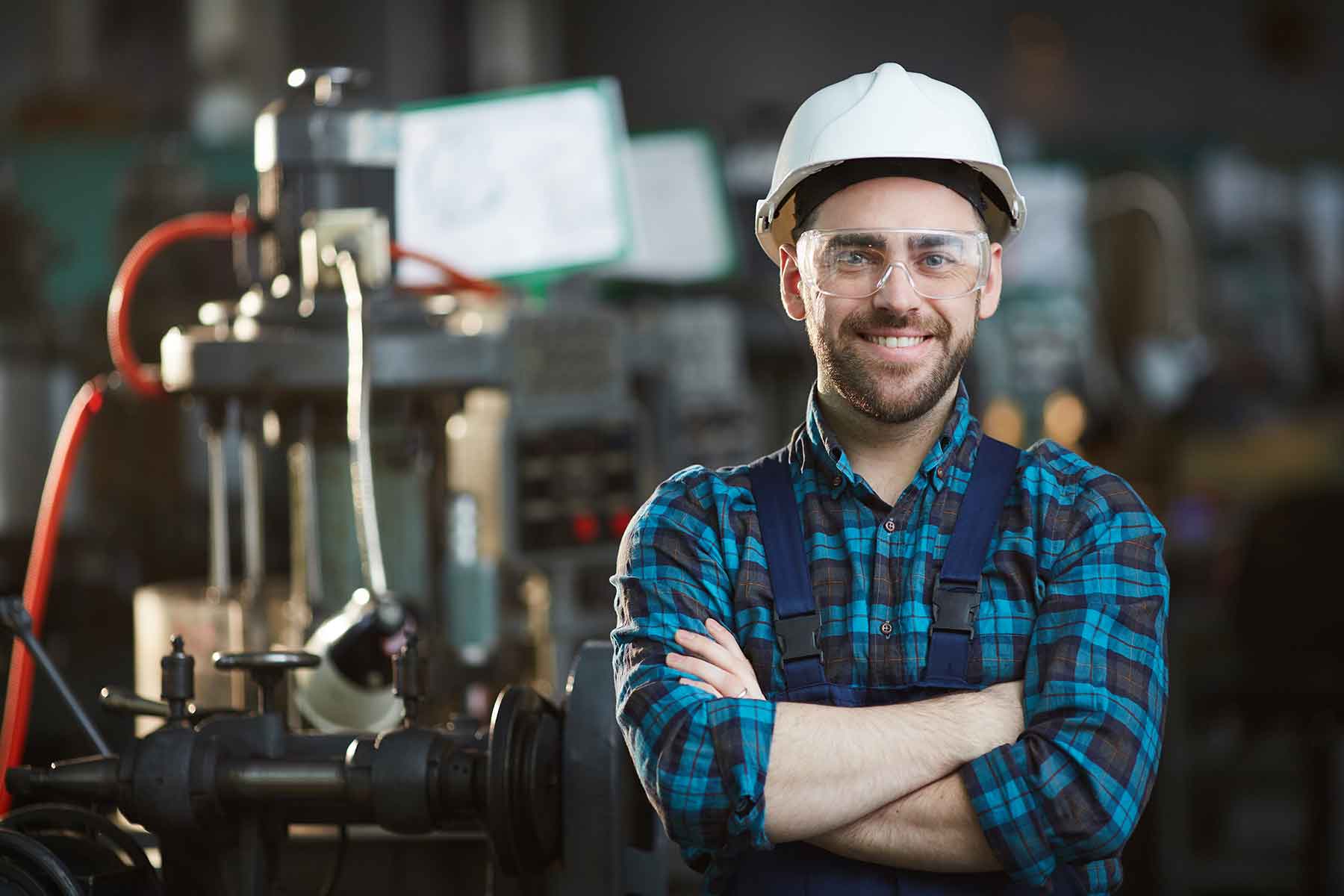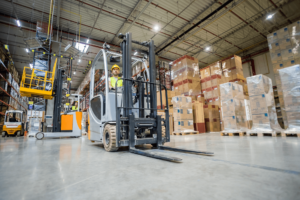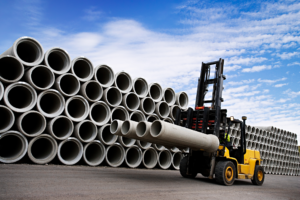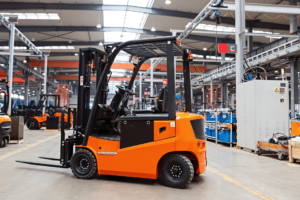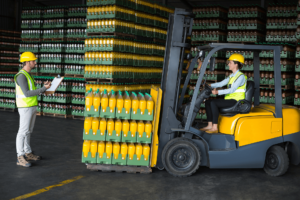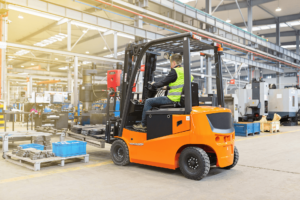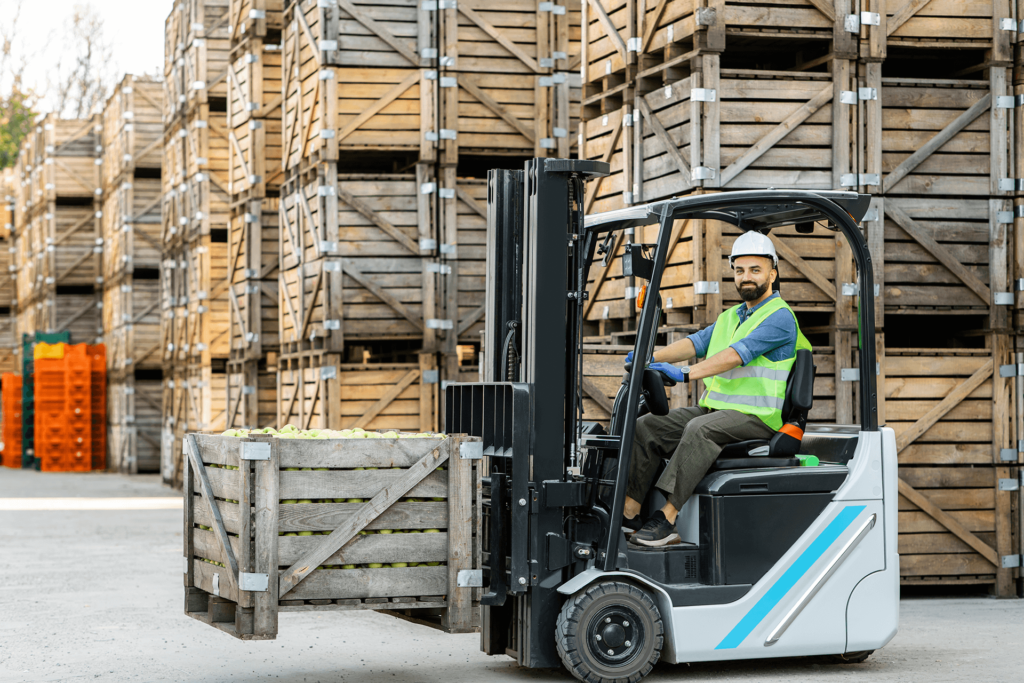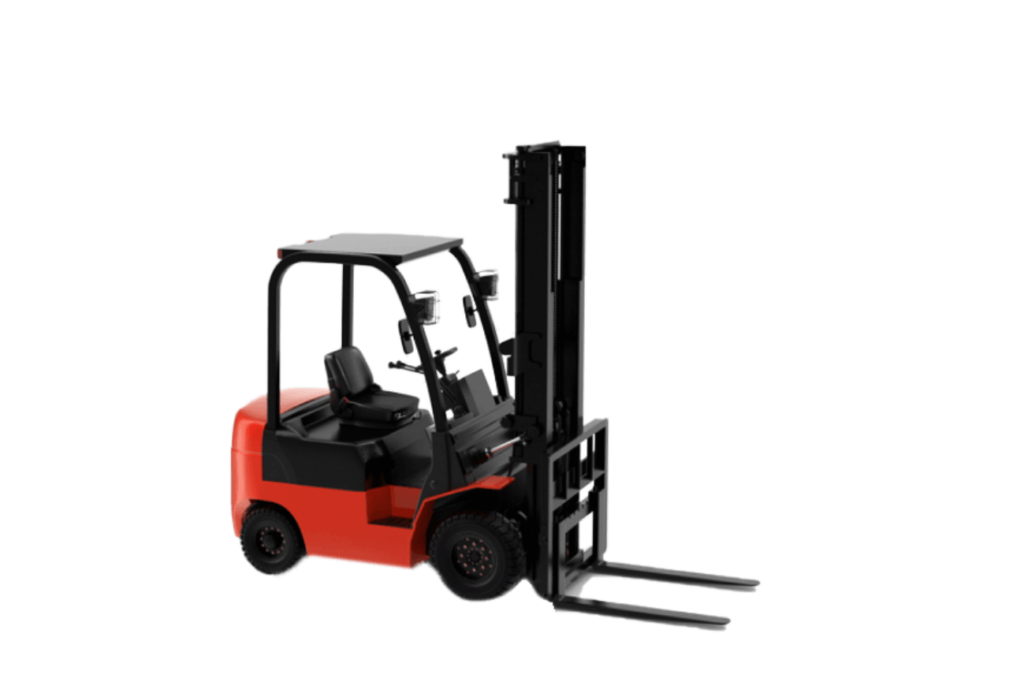A forklift is a lifting equipment used to load and transport materials of great weight and size. Is capable of doing it thanks to its two nails of different lengths (depending on their use). Due to the various types of forklifts and applications, it can be used in any type of activity, Industry or commerce, that involves the handling of loads.
Why should I choose one?
Forklifts or forklifts are perfect for loading and transporting heavy materials and allow the optimization of storage spaces. They work with great precision and greatly streamline tasks, reducing the time and number of people involved in this task. In fact, the weight of a forklift is one of the factors that determine how many kilos it can carry.
Based on the function that the forklift would perform, the following questions can be raised:
What is the task that a forklift will carry out throughout the working day?
In what soil conditions both indoors and outdoors?
If the forklift would go outside, how long would it be maneuvering per day?
Is the floor uneven, bumpy or even?
How many hours would the forklift work day be?
Maximum weight to load as well as maximum height to lift?
After having posed and you already have the answers to the previous questions, you will be able to see the advantages and disadvantages of forklifts and weigh the most convenient between them.
The demand for forklifts is increasing and for each special need, there is a certain type of forklift with different characteristics. They are divided into different classifications. Below we detail each of them with their characteristics.
The first way to classify them could be in electric and combustion forklifts.
Electric forklift.
By virtue of their operation, they are truly silent, benefiting operators in closed spaces. On the other hand, the electric motor takes the energy from a rechargeable battery and converts it into rotations of the motor. This motor contains a single moving part known as a rotor.
Let’s compare their advantages and disadvantages:
1.Optimal alternative to reduce greenhouse gas pollution.
2.Very quiet operation.
3.Less maintenance and reduced lifetime costs. So it has fewer moving parts involved in the operation of a team.
4.The battery will be the fuel to be used for periods of five years or more, according to the conditions and recommendations to be followed by the manufacturer for both charging and maintenance.
5.Charging the battery overnight is usually inexpensive.
6.Electric forklifts are usually compact and therefore the most maneuvers or specialties in the case of the 3-wheel model.
7.Minor modifications to the mast at a high lift.
8.High adaptability: the operation, incline, acceleration and various speeds can be easily adapted to the operator’s functions.
9.They are generally not suitable for outdoor use or where there is a high number of relative humidity.
10.They require a very good condition of the soil to work properly.
11.Refills are generally needed at night or when needed.
12.If the electric forklift operates more than 2 shifts in a row, another battery would be needed to keep it in good condition. Therefore, it requires a cargo area with good ventilation.
13.High power consumption for lifting to great heights and climbing slopes.
Combustion or manual forklift.
They are those with internal combustion engines, including diesel, LP, CNG and gasoline, they are units that use hydrocarbons, are the most robust of the two types and can lift the most weight. Due to the exhaust gases they generate, they are ideal for outdoor tasks.
Now let’s comparate their advantages and disadvantages:
1.Ideal for working in an outdoor environment. (Forklift Price)
2.These teams do not care about the work shifts since they are always available except for any inconvenience.
3.Perfect for running uneven floors.
4.Initial cost usually lower than electric forklift.
5.Large capacity models available than the electric option.
6.Some LP Gas equipment can be used indoors.
7.The equipment in LPG has less emissions than diesel. (Forklift Price)
8.It can be excessively noisy. (Forklift Price)
9.So they create high toxic gas missions. (Forklift Price)
10.Higher maintenance cost.
11.Higher fuel price and with increases.
12.Higher lifetime cost
13.Fuel supplies are required. Therefore it has less adaptability than an electric forklift.
Types of forklifts according to their design and application.
As we explained earlier, forklifts can be classified in different ways. There are also seven types of them where each one has different designs and applications that also allow their differentiation:
Class I forklift
This type of forklift is the one that works very well to load up to three tons and is quite safe thanks to the fact that it has a counterweight on the back, so that with it any type of tipping or deviation is avoided. In addition, it works with an electric motor and has three solid and resistant tires that allow its roadworthiness. On the other hand, it also has a seat in the central and interior part of the device for those who are going to handle it.
Class II forklift
This type of forklift is not that big, so it is ideal for small spaces where it is necessary to transport something. Within this type, there are different models:
1.Reach trucks: These can be raised up to ten (10) meters and is quite safe. Its capacity can be up to 1500 kg.
2.Order Pickers: They are characterized by the fact that they are capable of transporting various small objects in the same trip. Its capacity can reach 2000 kg.
3.Turret Trucks: They are those that can be raised up to fourteen (14) meters and can load up to 1.2 tons.
Class III forklift
These are very small and are not operated from the inside, but are operated manually. They are quite classic and very functional for transporting small loads.
Class IV and V forklifts.
They are those that feed on internal combustion and have a seat for those who are going to handle it. Both the class IV and the class V are similar and only differ thanks to their tires, where the former have solid tires and the latter, with inflatable tires.
Class VI and VII forklifts.
And finally, we have these two types of forklifts, which have been designed to travel through difficult and complicated terrain. In general, these forklifts are those that are very well located in construction and agricultural and industrial areas.
This class includes tractors or trailers that are designed to transport large objects, while Class VII includes vehicles for rough terrain, with greater stability and extensive reach.
At E-Forklits we have a large inventory of forklift trucks and forklift accessories, new and used. Buyers of new or used forklifts and sellers of new or used forklifts. We can also locate used forklift trucks for sale, including forklift components, forklift accessories, pallet forks, pallet jacks, and industrial forklift batteries and chargers. If you are going to buy or sell a used forklift, forklift or anything related, we have the largest selection, best prices and used forklifts for sale. Contact our team and we will gladly advise you.



